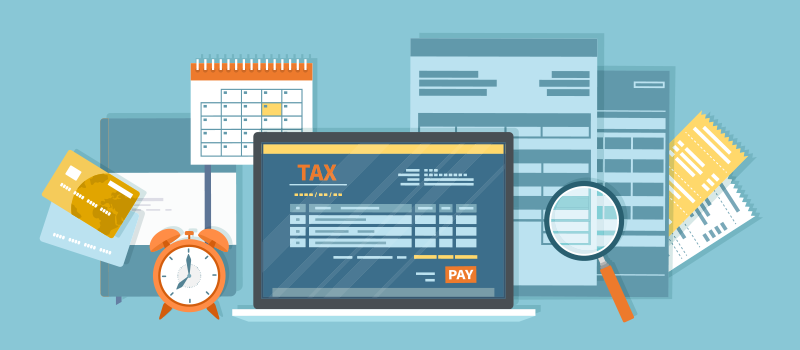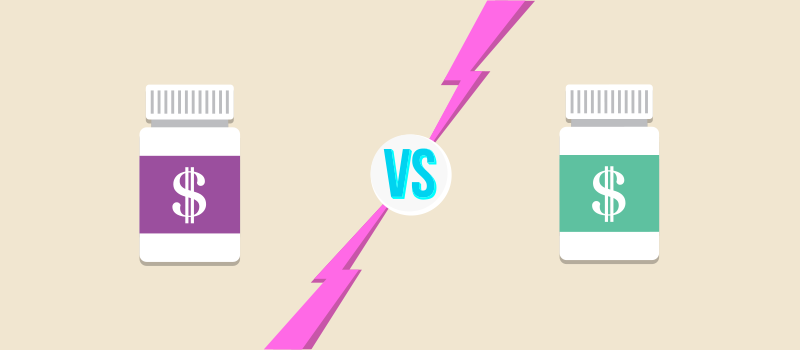What is Off-Label Drug Use?

Off-label drug use is a common practice in medicine. By some estimates, 1 in 5 medications prescribed is for off-label uses. In narrow, more specific patient populations, using a drug off-label is even more common. For example, studies have found that about 79% of children in pediatric hospitals had at least one medication prescribed off-label during their hospital admission.
So, what exactly is off-label prescribing? Is it safe? Is it legal? Please continue reading to find out.
What are on-label and off-label use?
In the United States, the Food and Drug Administration (FDA) is responsible for regulating drugs, biological products, medical devices, radiation-emitting products, etc., to protect public health. The approval process is different between over-the-counter and prescription drugs.
FDA-approved drugs are backed by scientific evidence that they are safe and effective for specific indications and medical conditions. Though not commonly used, on-label prescribing is when doctors prescribe FDA-approved medications to treat health conditions for which they are FDA-approved.
Prescribing drugs off-label, on the other hand, is using FDA-approved medications to treat conditions not approved by the Food and Drug Administration. Off-label prescribing also includes using dosage forms, or dosages that are not FDA approved or using a medication in a patient population (for example, children) for which it does not have FDA approval.
It is worth noting that the FDA does not regulate the practice of medicine. Once an approved drug is on the market, the FDA does not control how physicians use the medication. Therefore, off-label drug uses are not illegal.
Why do doctors prescribe off-label drugs?
An off-label drug is one that is approved by the FDA for a certain indication, dosage, dosage form, or patient population. When healthcare providers prescribe off-label drugs for their patients, they use their clinical judgment to ensure that the therapy is appropriate and necessary to treat the patients’ conditions. Doctors may prescribe a drug off-label for several reasons:
- Treat a specific patient population (e.g., pregnant patients, elderly patients, or children) with a drug that is not FDA-approved for that population. For example, enalapril is approved by the FDA to treat high blood pressure in adults and children, heart failure is only approved to be used in adults; however, enalapril is commonly prescribed for children with heart failure.
- To treat a life-threatening or terminal condition. For example, cancer drugs are commonly prescribed for a type of cancer for which they are not FDA approved based on their effectiveness against other types of cancers. Off-label use of cancer treatment can sometimes help find new uses for cancer drugs, and they may become a standard treatment after the results are published in medical journals.
- To use medication from the same class of drugs as a medication with FDA approval for the same indication. For example, using the beta-blocker atenolol to treat tremors, whereas propranolol is the only beta-blocker with FDA approval to treat essential tremors.
- To use a different dose or dosage form other than the FDA-approved uses.
- To treat conditions that have a similar pathway or overlapping mechanism. For example, using anti-anxiety medication to treat PTSD (posttraumatic stress disorder).
Off label drug use occurs in every specialty of medicine. However, it is more common among patient populations that are not usually included in clinical trials, such as pregnant, pediatric, elderly, and psychiatric patients.
What is an example of an off-label drug?
Some examples of common off-label uses of a prescription drug are listed below:
- Modafinil is FDA approved to treat narcolepsy and shift work disorder. It is used off-label for depression or age-related memory decline.
- Tamoxifen is FDA approved for treating breast cancer. The drug’s off-label use is for certain types of infertility in women.
- Amitriptyline is FDA approved to treat major depressive disorder. It may be used for the off-label treatment of fibromyalgia and migraines.
- Selective serotonin reuptake inhibitors like escitalopram have FDA approval for depression. They may be used as off-label therapies for bipolar.
- Beta-blockers are FDA-approved treatment options for high blood pressure, heart arrhythmias, and coronary artery disease. They may be used off-label to treat anxiety. Propranolol and atenolol are the two most commonly-prescribed beta blockers to use off-label for anxiety.
- Antipsychotic drugs are FDA approved for schizophrenia and bipolar disorder. Doctors sometimes use antipsychotic medications off-label for ADHD (attention deficit hyperactivity disorder) and psychiatric disorders like obsessive-compulsive disorder (OCD).
What is off-label use of a medical device?
Besides medications, using a medical device for anything other than the FDA-approved use qualifies as off-label use. Since the decision of using a drug product or medical device is based on the prescriber’s clinical judgment, the situation can get tricky in some cases.
An example is a 2014 case in which a surgeon and hospital were sued for using an experimental catheter to deliver medication for rib fracture pain. The standard of care for this condition is oral pain medication and an epidural. The catheter became dislodged, caused organ damage, and led to further surgeries and prolonged hospitalization for the patient. The Delaware Supreme Court ruled in favor of the patient and awarded $5.5 million in damages. The court found that the surgeon had not obtained informed consent for the off-label use of the catheter, which was experimental in nature. Moreover, the surgeon had a commercial relationship with the catheter manufacturer and was being paid to gather data about its off-label use.
Is off-label prescribing legal? Is it safe?
In a nutshell, off-label drug use is the unapproved use of approved medication. It is not illegal or inherently unsafe. Indeed, off-label drug use is often beneficial to patients and may even become the standard of care for some conditions. Although the FDA does not evaluate the safety and efficacy of off-label uses, they are common, accepted, and legal as part of the scope of medical practice by health care professionals.
On the other hand, as demonstrated by the example above, off-label use can be associated with an increased risk of harm to patients. There is no scientific evidence about drug safety or adverse drug events when a medication is used off-label in a specific patient population or for a specific indication. Also, it may be difficult to get health insurance coverage. For example, many insurance companies will deny reimbursement for off-label drug use of an expensive chemotherapy drug.
It is also worth noting that off-label marketing by pharmaceutical companies is not allowed. Drug companies cannot advertise off-label uses of old or new drugs.
References:












SOCIAL